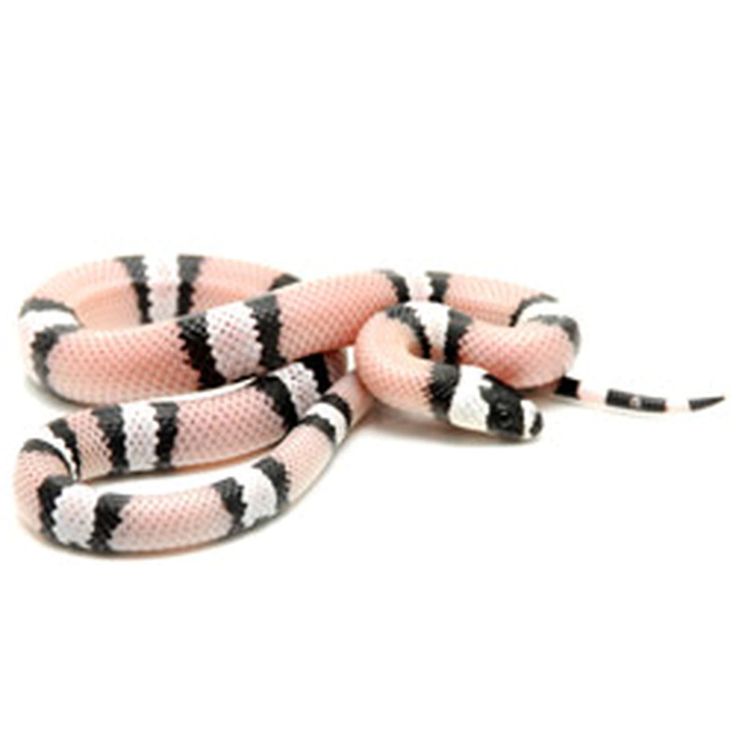
Compact hide houses are mandatory use two, one at the warm end of the enclosure and one at the cooler end. They can be rather nervous (especially juveniles, as mentioned), and actually seem more comfortable in smaller cages than one would suspect. There is usually little seasonal variation in climate this close to the equator. Hondurans may be found from sea level to higher up into mountainous terrain, with specimens reported at elevations of up to 5,000 feet. While adults average 4 to 5 feet in length, specimens up to 7 feet in length are known. One of several very similar milksnake subspecies found throughout Central America and northwestern South America, it is a large and powerful constrictor. hondurensis) is known to occur in forest floor and grassland habitat throughout subtropical lowland areas of Honduras, Nicaragua and extreme northern Costa Rica.

And part of those acquisitions was a wide selection of hatchling Hondurans, including specimens of all the morphs that were available. Then later, starting in 1991 and continuing through 2001, I began acquiring large numbers of snakes with the intent to expand into the full-time breeding business I own and operate to this day. Unfortunately, all were already sold and it would be many years before I would see Hondurans again. These Honduran milksnakes were massive animals of 5 and 6 feet, and completely unlike any milksnake I had seen before. Previously, the only milksnakes I had seen were the local Central Plains milks ( Lampropeltis triangulum gentilis), which were small snakes that rarely exceeded 2 feet in length. During a visit to a local wholesaler, I was directed to a cage containing several specimens of Hondurans. I was a teenager working my first job in a reptile store in Colorado.

Although the year was 1978, I still vividly remember seeing my first Honduran milksnakes.


 0 kommentar(er)
0 kommentar(er)
